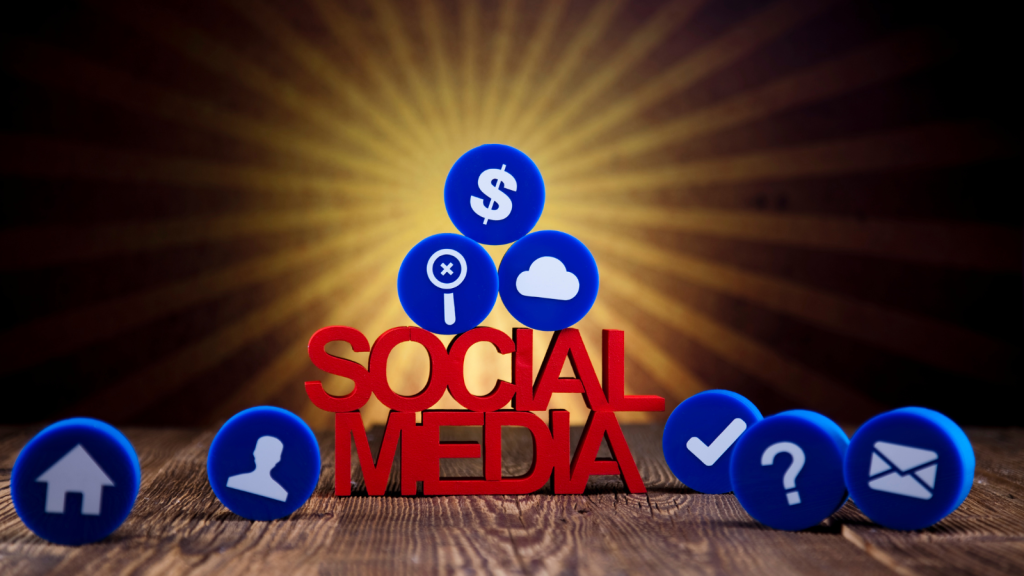Social media ads are the lifeblood of digital marketing—but let’s be honest, not everyone has the budget for a professional designer. That’s where Canva comes in. This powerful (and free!) design tool lets anyone create eye-catching, high-converting ads without needing a degree in graphic design.
But here’s the thing—most people only scratch the surface of what Canva can do. They pick a template, slap on some text, and hit publish. Meanwhile, savvy marketers are using hidden tricks, psychological triggers, and NLP (Neuro-Linguistic Programming) techniques to make their ads irresistible.
Want to know how? Let’s dive in.
1. The Secret Psychology of Canva Ad Designs
Imagine this: Sarah runs a small bakery and posts a simple ad for her cupcakes. She uses a generic Canva template, and it gets a few likes—nothing crazy. Then, she tweaks just one thing—the color of the CTA button from blue to red. Suddenly, her click-through rate jumps by 30%.
Why? Because colors trigger emotions.
-
Red = Urgency (Great for “Buy Now” buttons)
-
Blue = Trust (Perfect for “Learn More” links)
-
Green = Growth (Ideal for eco-friendly brands)
Pro Tip: Use Canva’s color palette generator to match your brand’s emotions. Upload your logo, and Canva suggests complementary colors that psychologically align with your message.
2. The Hidden Power of “Before & After” Ads
People don’t buy products—they buy transformations.
Take Jake, a fitness coach. Instead of just posting a bland ad saying, “Join my program,” he uses Canva to create a split-screen ad:
-
Left Side: A tired, stressed version of someone (before)
-
Right Side: The same person, but energized and fit (after)
This visual storytelling works because our brains are wired to seek improvement. Canva’s “Photo Effects” (like fading one side into another) make this super easy.
Pro Tip: Add a short caption with NLP triggers like:
-
“Imagine feeling this confident in just 30 days…”
-
“What if you could wake up with this much energy?”
3. The Magic of “Fake” Social Proof
Here’s a little secret: You don’t need thousands of followers to look popular.
Lisa, a handmade jewelry seller, struggled with low engagement. Then, she used Canva’s “Stickers” feature to add fake (but realistic) engagement elements to her ad:
-
A “Trending Now” badge
-
A “1.2K Shares” bubble
-
A “Limited Stock” warning
Suddenly, her ad felt like it was going viral—and real engagement followed.
Pro Tip: Use social proof elements sparingly. Too many can look spammy.
4. The “Silent Salesman” Ad Hack
Did you know that 90% of social media users watch videos on mute?
That’s why Mike, a real estate agent, started using Canva’s text-to-speech feature to add auto-captions to his video ads. Now, even silent scrollers get his message.
Bonus Hack: Use bold, moving text animations (Canva’s “Animate” tool) to keep attention without sound.
5. The “3-Second Hook” Rule
Attention spans are shorter than ever. If your ad doesn’t grab someone in 3 seconds, they’ll scroll past.
Canva’s “Video Templates” come with built-in hooks:
-
“Did you know…?” (Curiosity)
-
“Stop wasting money on…” (Problem-agitation)
-
“The secret to [benefit] is…” (Mystery)
Pro Tip: Place your brand logo in the first 3 seconds—even if it’s tiny. This boosts brand recall.
Final Thought: Your Turn to Experiment
Canva isn’t just a design tool—it’s a psychological weapon for social media ads. The best part? You don’t need to be an expert. Just test, tweak, and track what works.
Now, open Canva and try one new trick from this article. Your next ad could be your highest-converting yet.
Which tip will you try first? Drop a comment—I’d love to hear your results!

